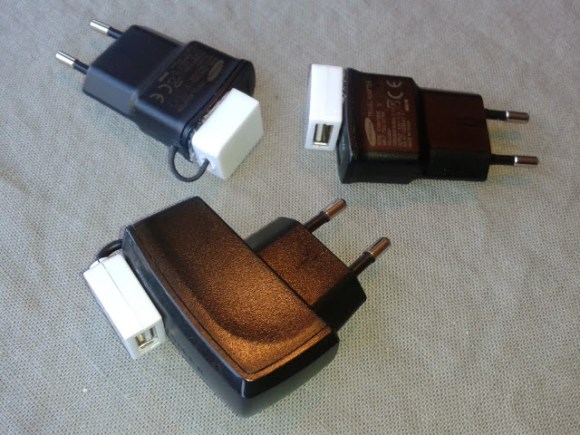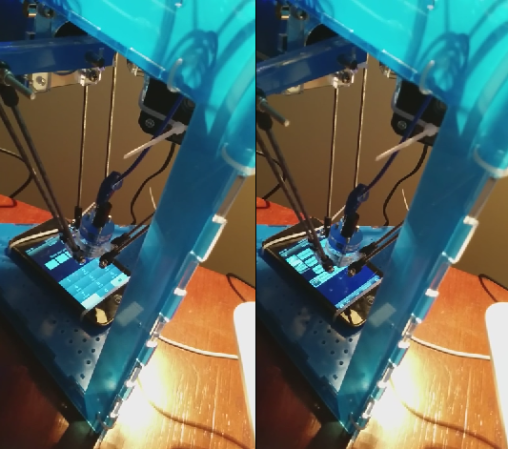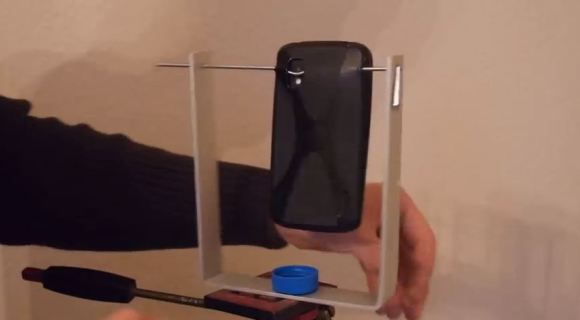
We’re thinking most Hackaday readers have at one time or another been tasked with replacing the power connector in a laptop. Anyone who has done so can easily see the genius behind the Apple Magsafe connector. Since the second gen iPhone, there have been rumors Apple will release a cellphone with the Magsafe connector, a great idea, seeing as how cell phones are thrown around even more than laptops. [Tony] got tired of waiting, and had an Android device anyway, so he decided to retrofit a Magsafe power adapter to his Note II.
In the interest of excess, [Tony] is using the absurdly large ZeroLemon 9300mAh battery and case for his device, giving him a lot of room for this hardware mod. A tiny 3D printed adapter fits around a slightly modified Magsafe connector, and with a little bit of super glue and solder, the connector is wired up to the charging port.
Of course the charger isn’t a stock Apple power supply; it’s just another Magsafe plug wired into a 5V wall wart. We’re not going to take a guess at what would happen if [Tony] plugged a stock Apple charger into his modded phone, but the mod works perfectly without the danger of ripping a USB port out of his phone.

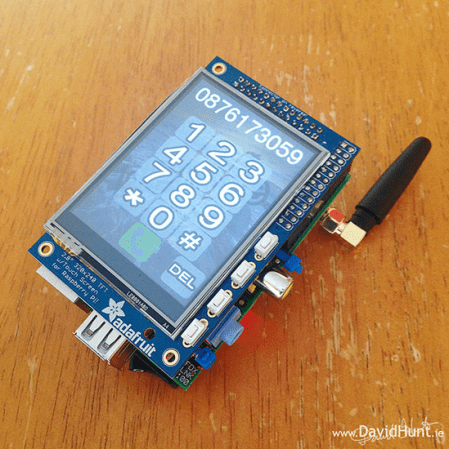 Have you ever dreamed of independence from smartphone bloatware? If you have a Raspberry Pi and an Adafruit TFT, you’re halfway to making your own version of
Have you ever dreamed of independence from smartphone bloatware? If you have a Raspberry Pi and an Adafruit TFT, you’re halfway to making your own version of 
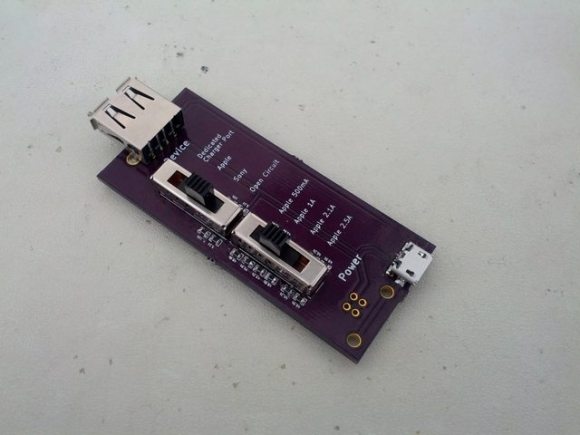 Oooh, look, a public charging station. Should you trust it? You might get juice jacked. Oh wait, you’ve got a
Oooh, look, a public charging station. Should you trust it? You might get juice jacked. Oh wait, you’ve got a 